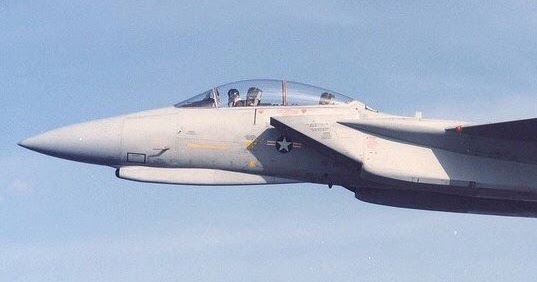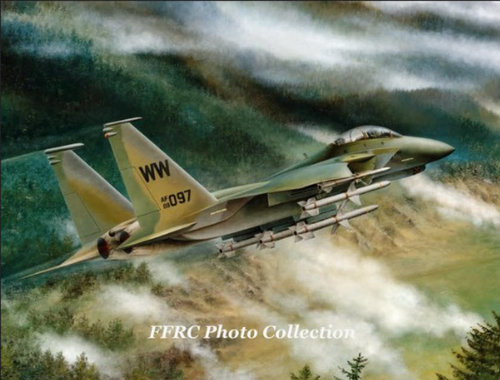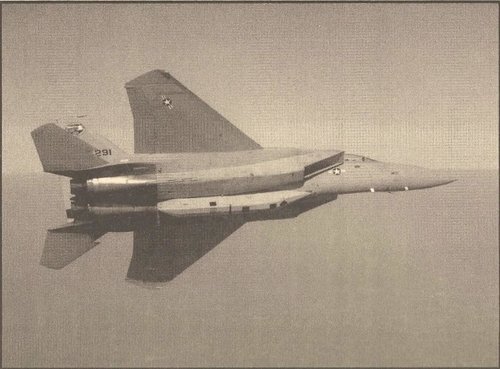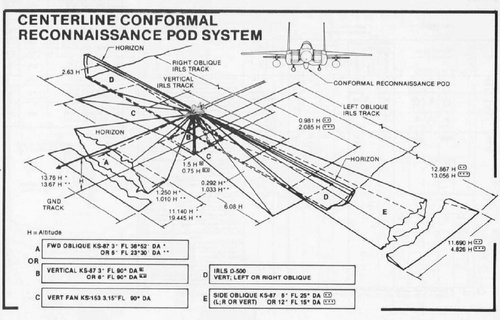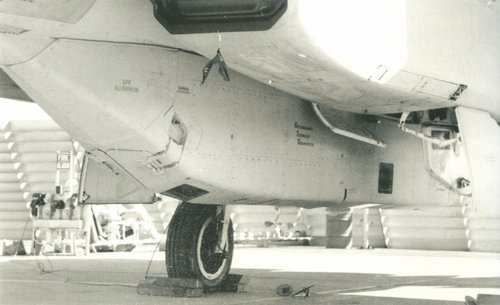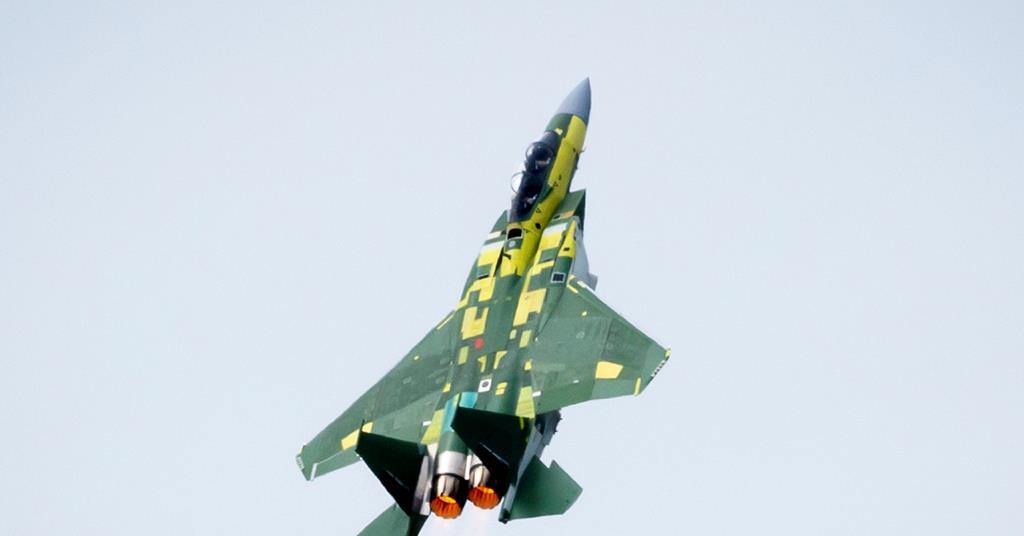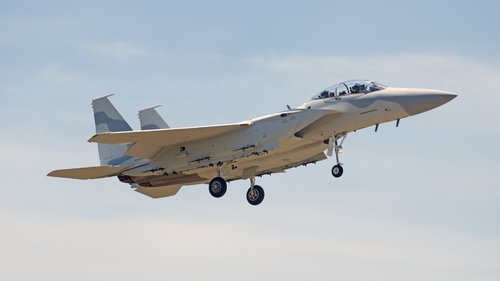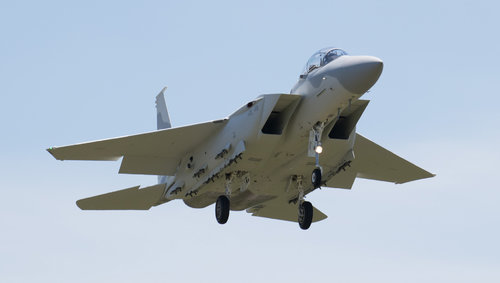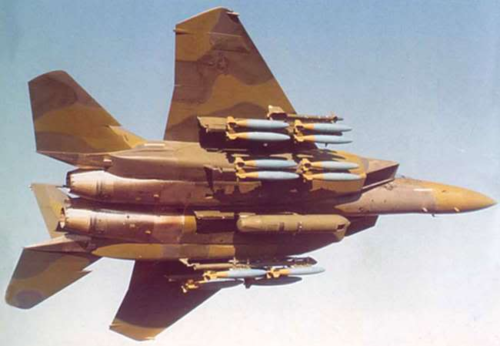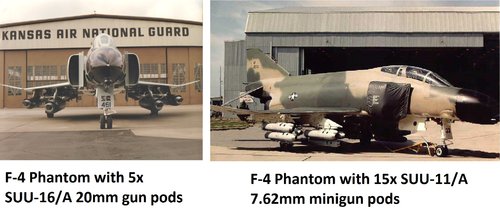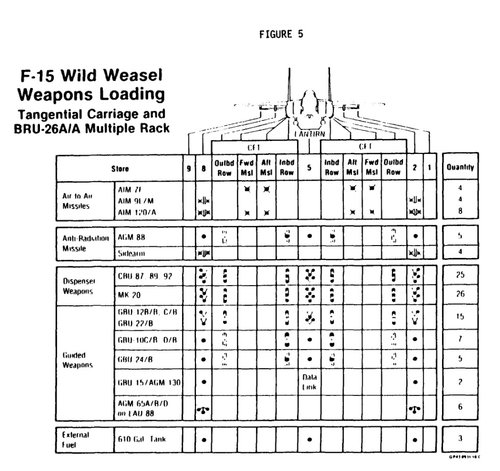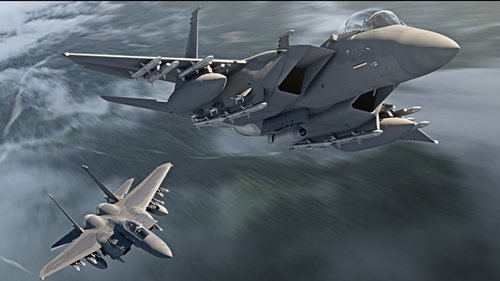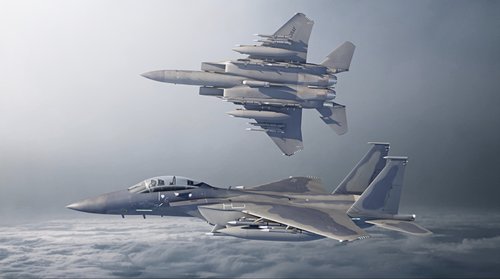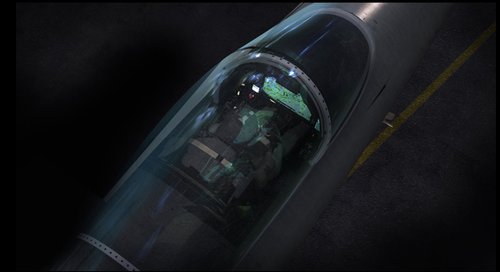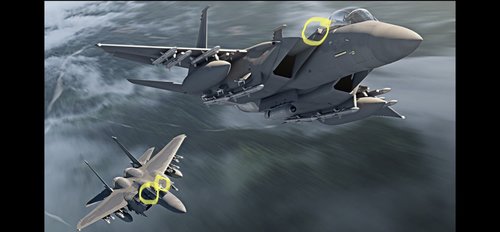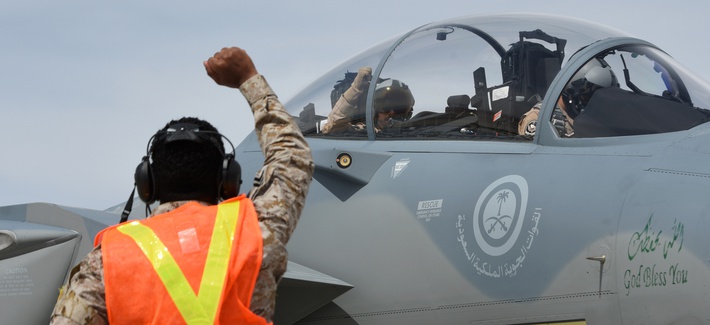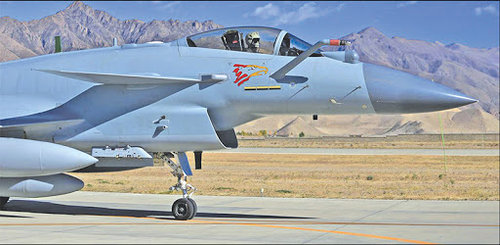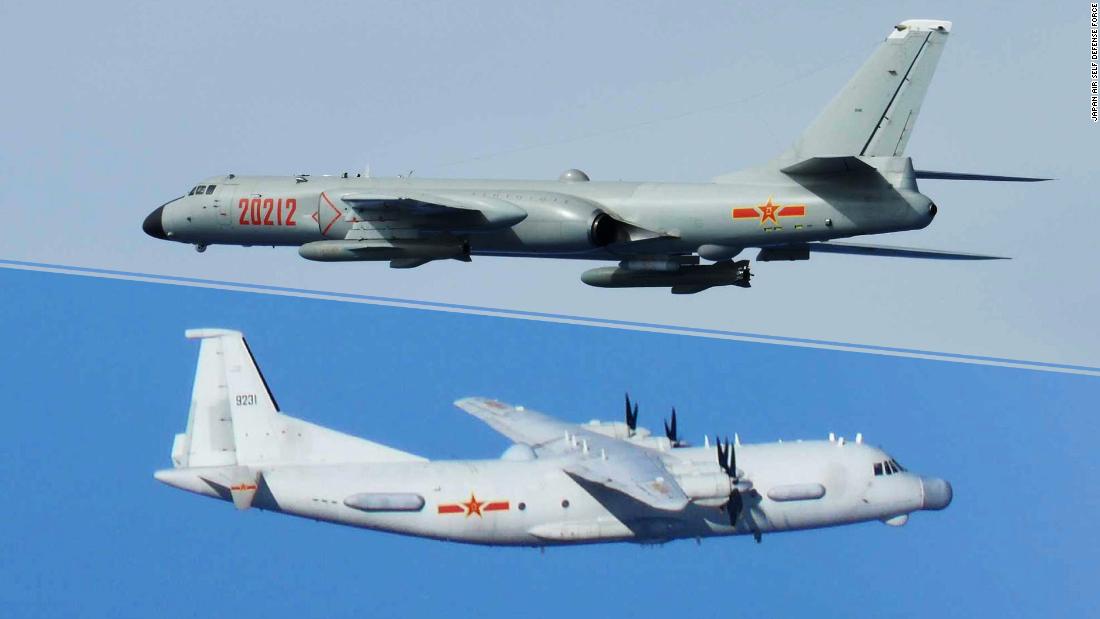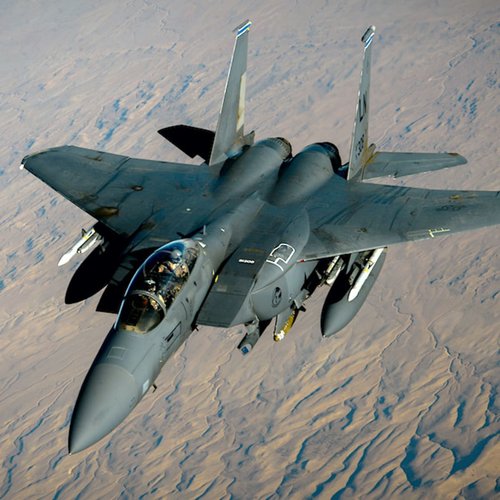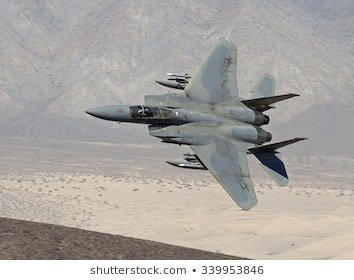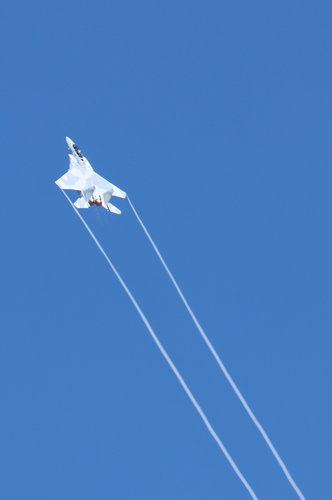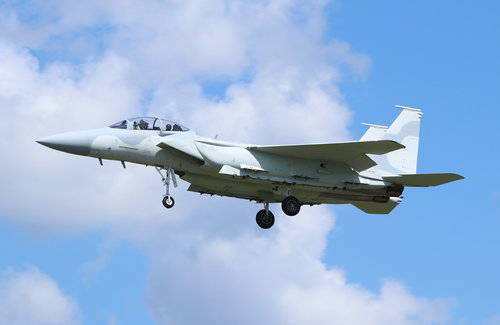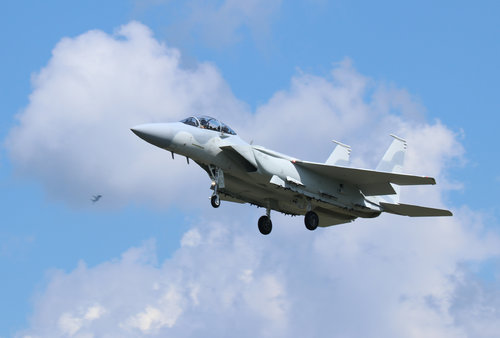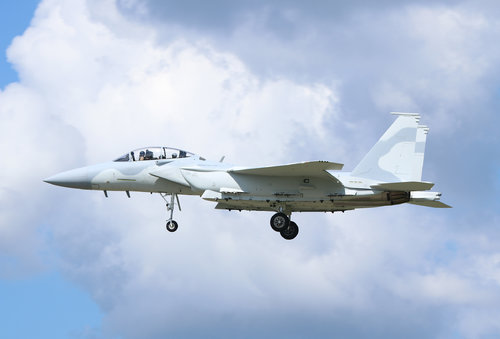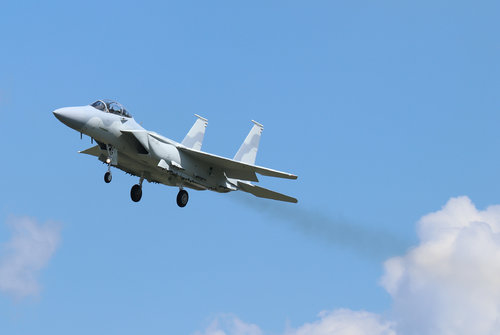SHiELD is comprised of three elements: the laser itself, which is being developed by Lockheed Martin; the beam control system made by Northrop Grumman; and the pod that encases the weapons system, from Boeing. Heggemeier said the pod is under construction, with integration of the laser and beam control system planned to start next year.
“A lot of the challenge is trying to get all of this stuff into this small pod. If you look at other lasers that are fairly mature, we have other laser systems that some other contractors have built that are ready to be deployed. But these are ground-based systems, and they are much, much more mature,” he said.
In April 2019, the Air Force Research Lab conducted a ground test with a surrogate laser system — the Demonstrator Laser Weapon System, or DLWS, now in use by the Army. The demonstration involved the successful downing of several air-to-air missiles.
“It turns out the DLWS system, when you take everything into account, is a really good surrogate for the laser power on SHiELD,” Heggemeier said.
Because both SHiELD and DLWS generate similar amounts of energy on target — in SHiELD’s case, Heggemeier would only say that it amounts to “tens of kilowatts” — the surrogate test gave the lab a good idea how the laser physically affects a target.
In 2019, the team conducted a flight test of a pod with the same outer mold line as the one under development by Boeing. The pod was mounted to an aircraft — Heggemeier declined to specify the model — and flown around Eglin Air Force Base, Florida, to help measure how vibrations, the force of gravity and other environmental factors might influence the performance of the weapon.
Air Force Magazine
reported in 2019 that aerial demonstrations of SHiELD would occur onboard an F-15 fighter jet.

